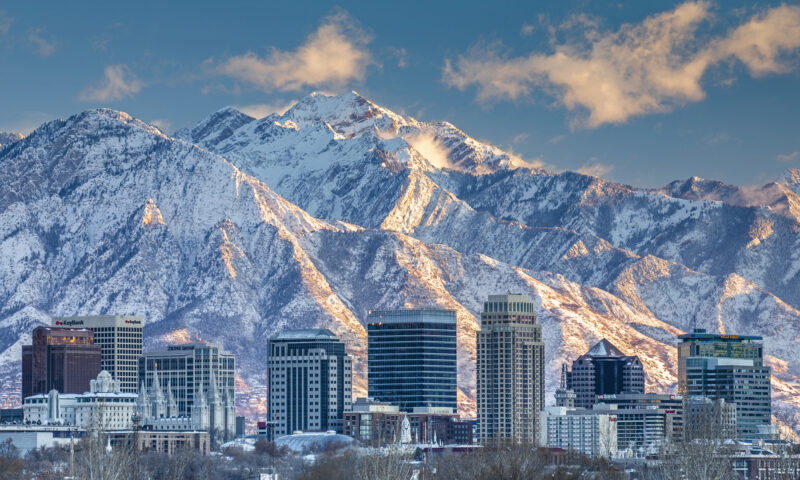Military families grapple with eldercare costs
The financial demands of eldercare are straining the budgets of many military families, with new data highlighting the growing burden as service members take on caregiving responsibilities for aging relatives.
A survey conducted by First Command Financial Services Inc. found that 63 percent of middle-class military households—defined as commissioned officers and senior noncommissioned officers (E-5 and above) earning at least $50,000 annually—are now providing care for elderly family members. That’s a significant jump from 13 percent in 2012, when the company first began tracking eldercare trends as part of its First Command Financial Behaviors Index, which assesses trends among financial behaviors through a monthly survey of approximately 530 U.S. consumers 25 to 70 years old with annual household incomes of $50,000 or more.
Eldercare costs are presenting a significant challenge for many, with 58 percent of the survey respondents reporting higher-than-expected expenses, and 53 percent calling the costs a severe financial concern.
The average caregiving family spends $1,647 per month, with expenditures directed toward home care, nursing homes, and other healthcare services.
According to First Command’s researchers, military families are taking on these responsibilities at higher rates than their civilian counterparts. Among the general population, 23 percent report caring for an elderly relative, with average monthly costs slightly higher at $1,839. Civilian caregivers similarly report financial strain, with 56 percent citing unexpected costs and 34 percent identifying eldercare as a severe concern.
Looking ahead, 31 percent of military families and 21 percent of general-population households anticipate providing eldercare to a parent or other elderly relative in the future, such as a grandparent, aunt, or uncle.
Mark Steffe, First Command’s president, stressed the importance of financial planning to navigate the economic challenges of eldercare.
“Nine out of 10 military families who are caring for an elderly family member said they planned in advance for the costs,” Steffe said. “One out of four sought help from a financial advisor. Working with a knowledgeable financial coach is a prudent way for military families to prepare for and deal with the economic realities of eldercare while continuing to pursue their own financial goals.”

